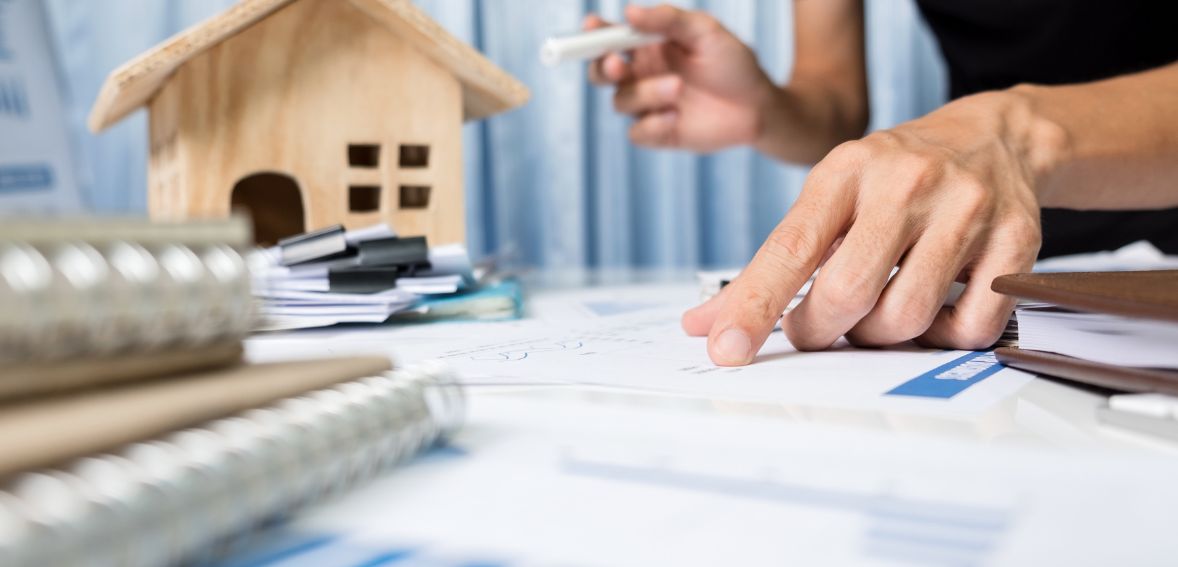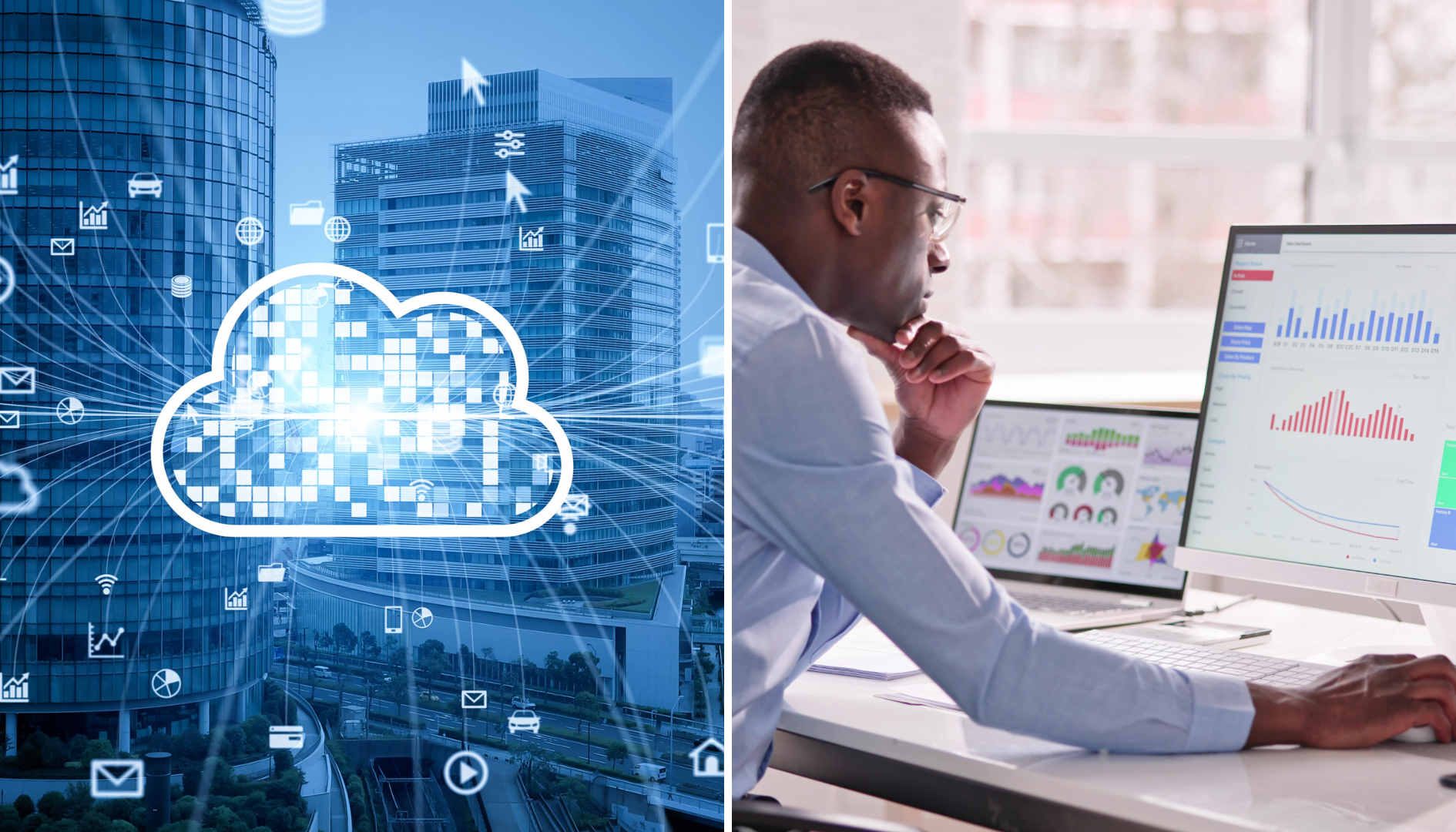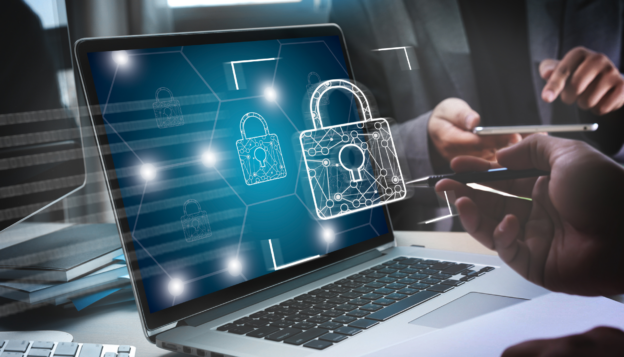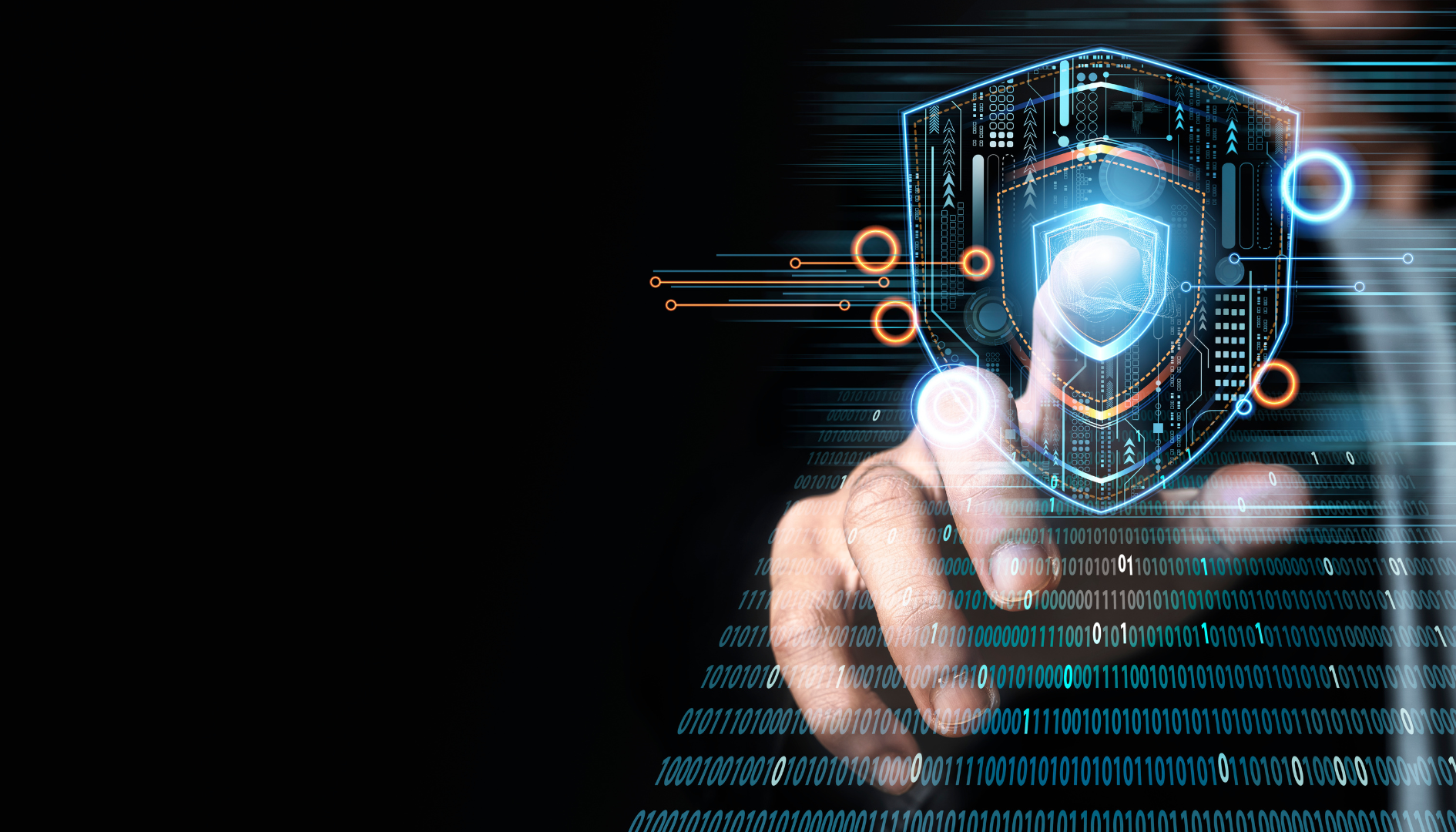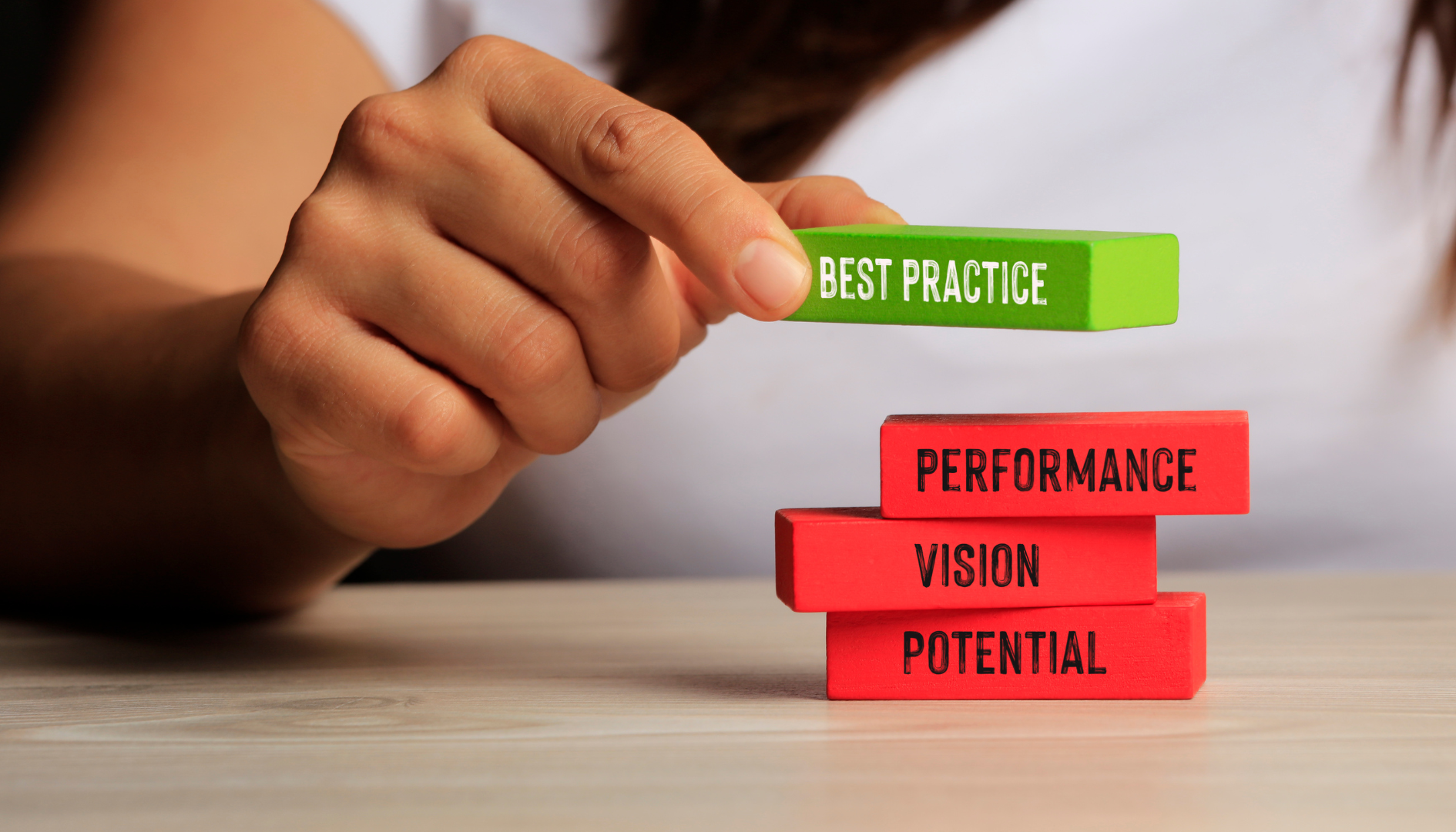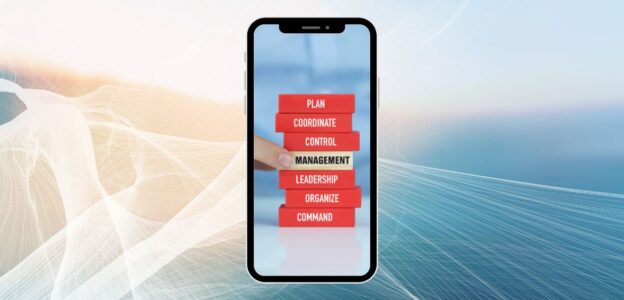Property inspections are a cornerstone of effective property management, influencing everything from maintenance and repair decisions to tenant satisfaction and property valuation. Traditionally, inspections have been carried out using manual methods—paper forms, handwritten notes, and verbal reports.
While these methods have served their purpose, they are increasingly being overshadowed by specialized Property Management Inspection Software that offers substantial improvements in efficiency, accuracy, and overall effectiveness.
In this article, we will explore the evolution from traditional inspection methods to the use of specialized software, examining the challenges of manual inspections, the advantages of modern software, and how the right tools can elevate property management practices.
We’ll also look at key criteria for choosing the best software, its essential features, and how its implementation can transform both individual performance and team productivity. Finally, we’ll delve into real-world success stories to illustrate the tangible benefits of adopting such technology.
The Need for Property Inspections with Specialized Software
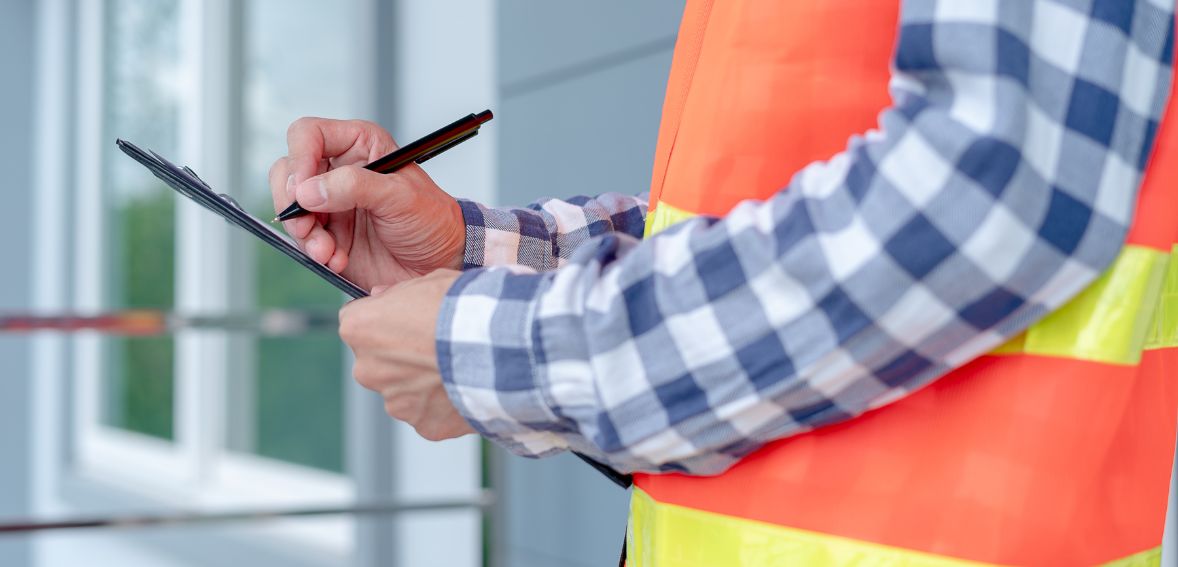
Challenges in Traditional Inspections
Manual Errors: One of the significant drawbacks of traditional property inspections is the high likelihood of human error. Manual data entry, handwritten notes, and physical forms can result in inaccuracies and inconsistencies. These errors can lead to miscommunication, incomplete reports, and, ultimately, costly mistakes in property management decisions.
Inefficiency: Traditional inspection processes are often slow and cumbersome. Inspectors must fill out forms by hand, take photos using separate devices, and then manually compile all information into a report. This process is time-consuming and prone to delays, which can affect the overall efficiency of property management operations.
Difficulty in Data Management: Managing physical documents can be challenging and disorganized. Paper forms can easily be misplaced, damaged, or lost. Additionally, integrating data from various sources into a comprehensive report requires significant manual effort, increasing the risk of errors and inconsistencies.
Limited Real-Time Collaboration: Traditional methods lack real-time collaboration capabilities. Inspectors often work in isolation, and information is not shared immediately with other team members or stakeholders. This lack of real-time communication can hinder decision-making and delay responses to issues.
Advantages of Property Inspections with Specialized Software
Enhanced Accuracy: Specialized Property Management Inspection Software dramatically reduces human error through automation. By standardizing data entry and integrating advanced verification tools, the software ensures that information is accurate and consistent. This leads to more reliable reports and better-informed decision-making.
Increased Efficiency: Automation significantly speeds up the inspection process. With features such as digital forms, real-time data entry, and automated report generation, inspectors can complete their tasks more quickly and efficiently. This increased efficiency translates to faster turnaround times and improved service for clients.
Improved Data Management: Cloud-based property management software centralizes data storage, making it easily accessible and organized. Inspectors can upload and retrieve information from any location, and data can be integrated seamlessly into comprehensive reports. This centralized approach reduces the risk of data loss and enhances overall data management.
Real-Time Collaboration: Real-time updates and notifications facilitate immediate communication between team members. Inspectors can share information as soon as it is collected, enabling prompt responses to any issues or concerns. This real-time collaboration improves coordination and ensures that all stakeholders are informed and engaged throughout the inspection process.
Benefits of Specialized Property Management Inspection Software

Level Up Workplace Collaboration Standards
Modern Property Management Inspection Software enhances workplace collaboration by providing real-time access to inspection data and facilitating communication among team members. Features such as shared dashboards, instant messaging, and collaborative tools help ensure everyone involved in the inspection process is on the same page. This improved collaboration leads to more coordinated efforts, quicker problem resolution, and a more efficient workflow.
Easy Data Exchanges
With cloud-based solutions, data can be easily exchanged between inspectors, property managers, and other stakeholders. Inspectors can upload data from the field, and property managers can access it immediately. This seamless data exchange eliminates the need for manual data transfer and reduces the risk of errors or delays.
Get a Competitive Edge
Adopting advanced Property Management Inspection Software provides a competitive advantage by demonstrating a commitment to modern technology and efficiency. This technological edge can attract more clients and set your services apart from competitors who rely on outdated methods. Additionally, the increased efficiency and accuracy offered by the software can enhance client satisfaction and build a positive reputation.
Improved Accessibility
Mobile compatibility ensures that inspectors can access and update data from any location. Whether on-site or working remotely, inspectors can use their mobile devices to enter information, take photos, and generate reports. This improved accessibility enhances flexibility and allows for more efficient inspections.
Live Dashboard
A live dashboard provides real-time visibility into ongoing inspections, key metrics, and overall performance. Property managers can monitor the status of inspections, track progress, and identify potential issues at a glance. This feature enables proactive management and ensures that inspections are completed on schedule.
Produce Professional Inspection Reports
Specialized software generates high-quality, professional inspection reports that include detailed findings, photos, and notes. These reports are customizable and can be tailored to meet specific client requirements. The ability to produce well-organized and visually appealing reports enhances the credibility of the inspection process and provides clients with clear and actionable insights.
Designed for Professional Inspectors
The software is specifically designed for professional inspectors. It offers customizable checklists, automated reminders, and seamless integration with other systems. These tools streamline the inspection process and support the high standards required by professional inspectors.
Criteria for Choosing the Best Property Inspections with Specialized Software

Workflow Templetization
The best Property Management Inspection Software should offer customizable templates for various types of inspections. This allows you to standardize workflows, ensure consistency, and tailor the software to meet specific needs. Customizable templates improve efficiency and accuracy by providing a structured approach to inspections.
Ease of Tenant Communication
Effective tenant communication features are essential for maintaining positive relationships and addressing issues promptly. Look for software that includes automated notifications, feedback collection, and communication tools to facilitate tenant interactions and keep them informed throughout the inspection process.
How Fast It Is to Complete an Inspection
Speed is a critical factor in the efficiency of property inspections. Choose software that accelerates the inspection process through automation and efficient data entry methods. Faster completion times contribute to increased productivity and quicker turnaround for clients.
Inspection Report Readability
The readability of inspection reports impacts client satisfaction and the clarity of the information provided. Select software that generates clear, professional, and easy-to-read reports. Features such as customizable report templates and visual aids enhance the quality and usefulness of the reports.
Customization Options
Customization options are crucial for tailoring the software to specific needs and property types. Look for software that allows you to create and modify checklists, templates, and reports. Customization enhances the relevance and effectiveness of the inspection process.
Ease of Syncing Between Mobile and Desktop
Seamless synchronization between mobile and desktop platforms ensures that data is consistently updated and accessible across different devices. This feature prevents discrepancies and ensures data integrity, allowing inspectors and property managers to work efficiently from any location.
Value-Add Services
Consider additional features and value-added services that enhance the software’s functionality. These may include integrated billing and invoicing, advanced analytics, and customer support. Value-added services improve overall efficiency and provide additional benefits to users.
Comparison of Popular Software Solutions
Several Property Management Inspection Software solutions are available on the market, each offering different features and pricing. Popular options include Inspectorate, HappyCo, and Spectora. Comparing these solutions based on features, user reviews, and pricing can help you identify the best fit for your needs.
Features of Property Inspections with Specialized Software

Real-Time Notifications and Updates
Real-time notifications inform all stakeholders about inspection status, changes, and updates. This feature facilitates timely decision-making and ensures that everyone involved is aware of any developments in the inspection process.
Different Content Formats Support and Streamlined Uploading of Photos and Videos
The software should support various content formats and enable easy uploading of photos and videos. This ensures comprehensive documentation and enhances the quality of inspection reports by providing visual evidence and detailed information.
Automated Features
Automated features, such as content format adjustment, reminder setups, and scheduling, reduce manual effort and streamline the inspection process. Automation helps ensure that tasks are completed efficiently and on schedule.
Seamless Voice-to-Text Transcription
Voice-to-text transcription allows inspectors to quickly document their observations by speaking into their devices. This feature saves time and improves data accuracy by reducing the need for manual typing.
Software and Platform Compatibility, as well as Advanced Integration
Compatibility with other software and platforms and advanced integration capabilities ensure that the inspection software can work effectively within your existing systems. This feature facilitates data sharing and improves overall efficiency.
Cloud Storage
Cloud storage provides secure, accessible, and centralized data management. It reduces the risk of data loss and allows for easy retrieval of inspection information from any location.
Data Confidentiality and Security
Robust security features, such as encryption and access controls, protect sensitive data and ensure compliance with data protection regulations. Data confidentiality and security are essential for maintaining trust and safeguarding information.
Comprehensive Reporting
Comprehensive reporting features include customizable templates, detailed findings, and visual aids. These features enhance the quality and usefulness of inspection reports, providing clients with clear and actionable insights.
Online Report Editing
Online report editing allows for real-time modifications and updates to reports. This feature ensures that information remains accurate and current, allowing for timely corrections and adjustments.
Custom and Ready-Made Checklists and Reports
The availability of custom and ready-made checklists and reports ensures that the software meets diverse inspection needs and preferences. Customization options enhance the relevance and effectiveness of the inspection process.
Real-Time Synchronization
Real-time synchronization ensures that data is consistently updated across all devices and platforms. This feature prevents discrepancies and ensures all stakeholders access the most current information.
Built-In Billing & Invoicing
Integrated billing and invoicing features streamline financial transactions and improve overall administrative efficiency. This feature simplifies the billing process and ensures accurate invoicing for inspection services.
Implementing Specialized Software
Planning: Develop a detailed plan for integrating the software into your workflow. This plan should include timelines, objectives, and resource allocation. Effective planning ensures a smooth transition and minimizes disruptions to your operations.
Training: Provide comprehensive training for all users to ensure they are familiar with the software’s features and functionalities. Training should cover all aspects of the software, including data entry, report generation, and collaboration tools. Proper training enhances user proficiency and ensures that the software is used effectively.
Customization: Configure the software to meet your needs by setting up templates, checklists, and reporting options. Customization ensures the software aligns with your workflow and enhances its relevance and effectiveness.
Testing: Conduct thorough testing to identify and resolve issues before fully deploying the software. Testing should include all features and functionalities to ensure the software performs as expected and meets your requirements.
Feedback and Adjustment: Gather user feedback and make necessary adjustments to optimize the software’s performance and usability. Continuous improvement based on user feedback ensures that the software remains effective and meets evolving needs.
Property Inspections with Specialized Software Can Make You a Better Property Manager

Frees Up Your Valuable Time: By automating routine tasks and streamlining processes, Property Management Inspection Software frees up valuable time for property managers. This allows them to focus on strategic activities, such as client relations and property improvement, rather than administrative tasks.
Improves Communication with the Property Owner: Effective communication features, such as real-time updates and automated notifications, enhance interactions with property owners. Property managers can keep owners informed about inspection results, maintenance needs, and other important information, leading to better relationships and increased trust.
Ensures That You Won’t Forget Anything: With comprehensive checklists and automated reminders, the software helps ensure that no critical tasks or details are overlooked during inspections. This leads to more thorough and accurate evaluations, reducing the risk of missed issues or incomplete reports.
Gives You a Competitive Edge: Leveraging advanced technology and efficient processes provides a competitive edge in the property management industry. By adopting specialized software, property managers can demonstrate their commitment to excellence, attract more clients, and differentiate themselves from competitors who rely on outdated methods.
Conclusion
Specialized Property Management Inspection Software represents a significant advancement in property management. This software enhances accuracy, efficiency, and overall effectiveness by addressing the challenges of traditional inspection methods and offering numerous benefits. The advantages of adopting specialized software are clear, from improving workplace collaboration and data management to providing a competitive edge and boosting team productivity. As the property management industry evolves, embracing such technology will be crucial for staying ahead and delivering exceptional service. The right software can transform inspection processes, elevate performance, and ultimately contribute to the success and growth of property management operations.




